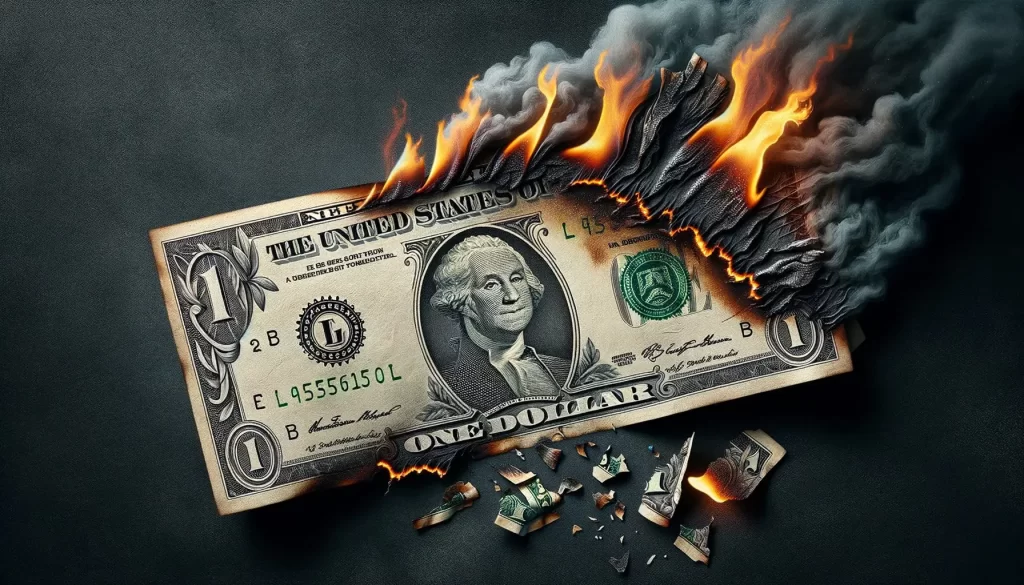De-Dollarization: 3 Reasons Why the World Is Ditching the US Dollar

For decades, the US dollar has been the dominant global currency, facilitating trade, investment, and financial stability worldwide. However, in recent years, a growing number of countries are seeking alternatives to the dollar in what is known as "de-dollarization." This trend is driven by several economic, political, and strategic factors. Here are three key reasons why the world is shifting away from the US dollar.
1. Geopolitical Tensions and US Sanctions
The United States has frequently used economic sanctions as a tool of foreign policy, targeting countries like Russia, Iran, and China. These sanctions often restrict access to the US financial system and dollar-denominated transactions, prompting affected nations to seek alternative currencies and payment systems. For instance, Russia and China have increased trade using their local currencies, reducing their reliance on the dollar. As more countries face the risk of sanctions, the incentive to move away from the dollar grows stronger.
2. The Rise of Alternative Payment Systems
In response to US financial dominance, several countries have developed their own payment systems to bypass the dollar. China’s Cross-Border Interbank Payment System (CIPS) is an alternative to SWIFT, allowing transactions in yuan. Similarly, the BRICS nations (Brazil, Russia, India, China, and South Africa) have discussed the creation of a new reserve currency based on a basket of their national currencies. These efforts enable global trade and finance to operate independently of the US dollar, accelerating the de-dollarization trend.
Read This : Cetoex Made Easy 8-Step Guide to Buying Crypto.
3. US Economic Policies and Inflation Concerns
The US has engaged in aggressive monetary policies, including massive stimulus spending and interest rate changes, which have raised concerns about the long-term stability of the dollar. High inflation and increasing national debt make holding dollar reserves riskier for foreign governments. Central banks worldwide are diversifying their foreign exchange reserves, with many increasing their gold holdings and investing in alternative currencies like the euro and the Chinese yuan.
The Future of the US Dollar
While the US dollar remains the world’s primary reserve currency, the trend of de-dollarization is gaining momentum. Countries seeking to reduce their dependence on the dollar are strengthening regional trade agreements and exploring digital currencies. Although a complete shift away from the dollar is unlikely in the near future, the global financial landscape is evolving, and the dominance of the dollar is no longer guaranteed.
As the world diversifies its economic strategies, the era of absolute dollar supremacy may be coming to an end. How the US responds to this shift will shape the future of the global financial system.
Do Follow Us On Social Media And Keep Reading And Become Our Members




